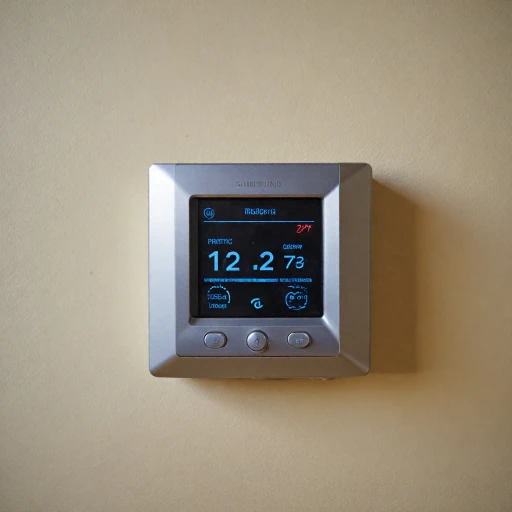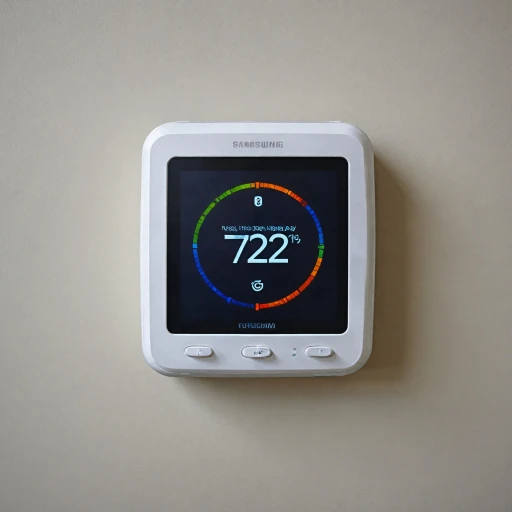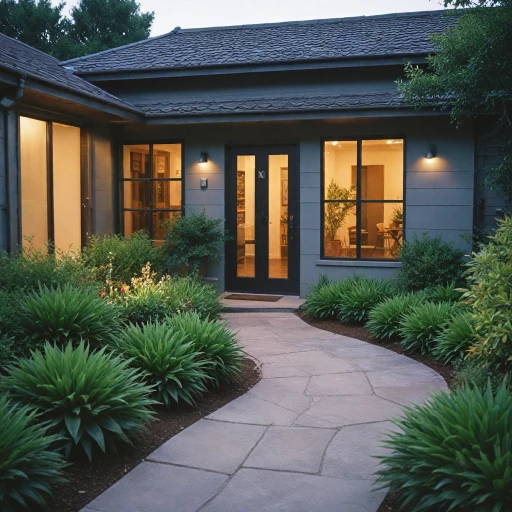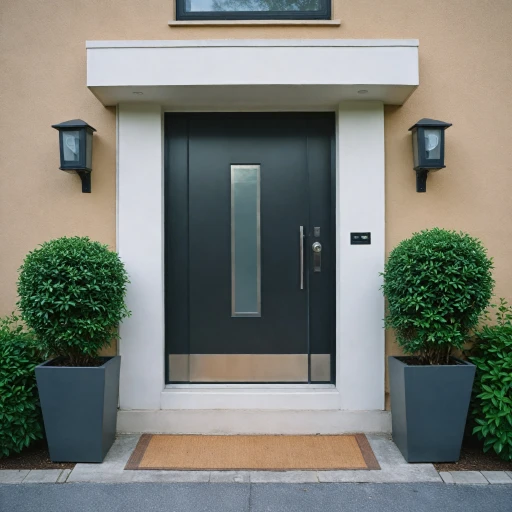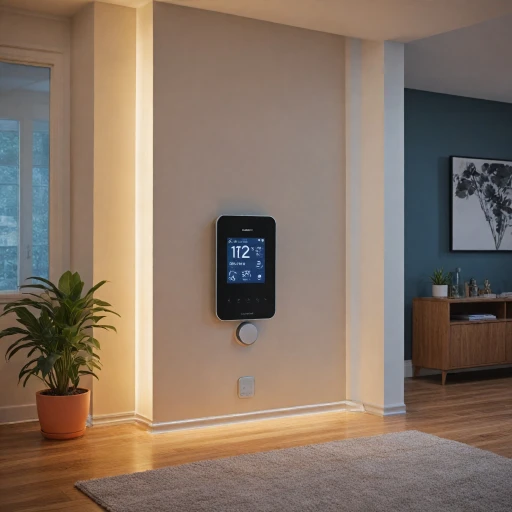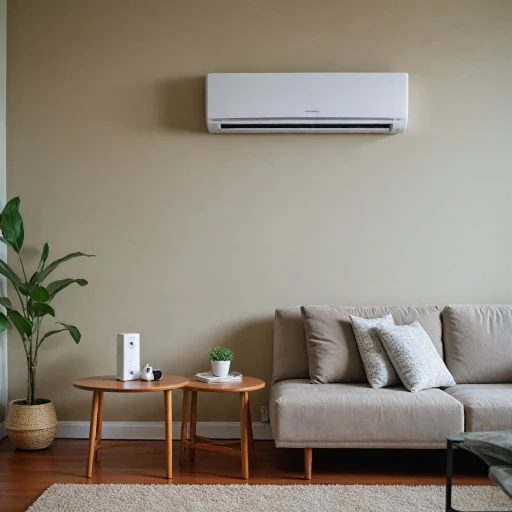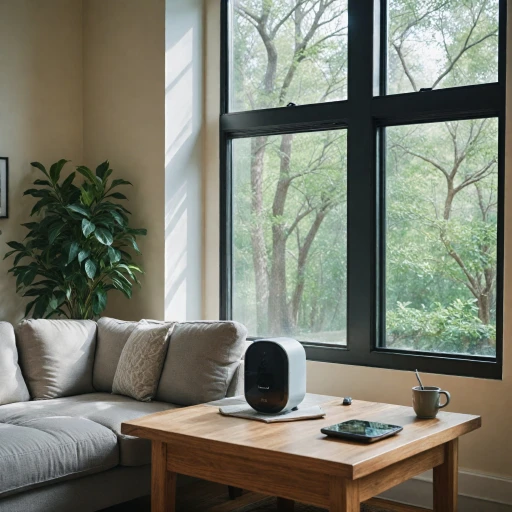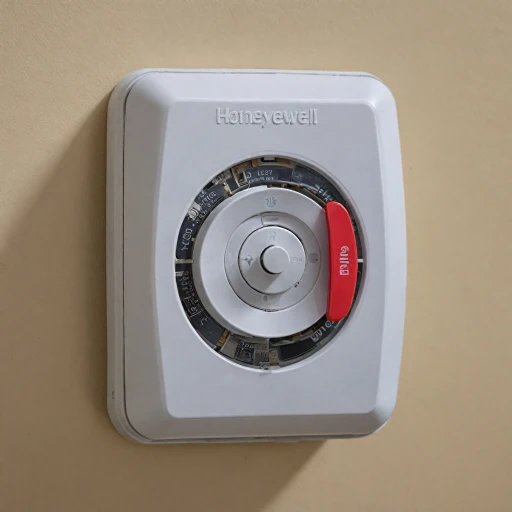
Understanding Smart Thermostats
{"h3": "The Basics of Smart Thermostats"Smart thermostats have transformed the way homeowners manage their energy consumption and enhance the comfort of their living spaces. These devices are more than just tools for setting temperatures; they integrate advanced technology to provide automated, intelligent climate control.
Equipped with a variety of sensors, smart thermostats can detect occupancy and make adjustments accordingly. This capability not only maintains comfort but also enhances energy efficiency, leading to potential cost savings. The interaction between smart thermostats and other home automation products—like the wave garage door controller—illustrates their connectivity strengths.
By connecting smart thermostats to a compatible wireless network or hub, users can enjoy features such as remote control through smartphone applications. A typical application allows you to adjust settings from afar or integrate with smart home ecosystems, including garage door openers and tilt sensors, ensuring security and convenience.
For a deeper dive into how these devices fit into the smart home ecosystem, check out our blog post on enhancing home automation with motion sensors.
The Role of Connectivity in Smart Thermostats
Interconnecting Devices for a Unified Experience
Smart thermostats distinguish themselves through their impressive connectivity features, effectively bridging your home devices for seamless interaction. Their ability to communicate through wireless protocols, such as Wi-Fi, Z-Wave, and others, positions them as a pivotal component in the smart home ecosystem. Understanding the mechanics of smart thermostat connectivity offers insight into how they can seamlessly connect with devices like a Z-Wave garage door opener or a remote garage control. By linking your smart thermostat with a Z-Wave hub, you can automate temperature adjustments based on the garage door's status, providing efficiency and convenience. This connectivity enriches home automation, opening avenues to integrate additional devices like door tilt sensors or smart locks. For more information on integrating smart devices with Z-Wave technology, take a look at this comprehensive guide on enhancing your home security with Z-Wave door locks.Compatibility and Voice Command Access
Another incredible aspect of smart thermostat connectivity is its compatibility with widely used voice assistants. Platforms like Google Assistant offer voice command access to your thermostat settings, making it possible to manage your home's climate simply by speaking. This synergy supports functions such as opening or closing the garage through an opener remote immediately when needed. When choosing smart thermostats, examining their compatibility with existing home gadgets, such as garage door controllers or keyless entry systems, ensures that you make the most informed decision. Products that offer extensive compatibility can often command a higher price, but they undoubtedly enhance the overall interactive experience for smart home enthusiasts.Energy Efficiency and Cost Savings
Maximizing Energy Efficiency and Cost Savings
Integrating smart thermostats into your home can offer significant benefits in terms of energy efficiency and cost savings, which are among the key motivations for upgrading to these advanced devices. A smart thermostat, often compatible with a variety of hub systems, learns your heating and cooling habits over time. This adaptability ensures your home maintains the perfect temperature while minimizing energy waste.
Smart thermostats can work seamlessly with other smart devices like Z-Wave garage door controllers. For instance, if your garage door opens at a certain time, the thermostat can adjust the temperature accordingly to manage energy use when you're not home, thus maximizing efficiency.
- Remote Control and Automation: You can manage your home’s climate directly from your smartphone. Whether you’re adjusting the thermostat from the comfort of your couch or remotely from the other side of the world, being able to control your energy use is a game-changer.
- Compatibility and Integration: These devices are designed to work within existing smart home setups. They connect to your home network, syncing with devices like smart speakers and security systems. This synergy not only provides a smooth user experience but also contributes to making your home more energy-efficient.
- Proactive Maintenance Alerts: Some thermostats alert homeowners when maintenance is needed, ensuring that HVAC systems run optimally, further reducing energy waste.
Not only do smart thermostats provide substantial energy savings and reduce utility bills, but they also offer a sophisticated level of convenience and control—fueling an optimized and smart home environment.
Challenges in Smart Thermostat Integration
Integrating Smart Thermostats: Overcoming Potential Obstacles
When considering the integration of smart thermostats into your home automation system, several challenges can emerge. While these devices offer incredible advantages like energy efficiency and remote control, the integration process might not always be seamless. Here are some potential hurdles and how they can be addressed:- Compatibility with Existing Systems: Before investing in a new thermostat, you need to ensure that it is compatible with your home’s HVAC system. Some older setups may not support modern thermostat technology, which can lead to functionality issues. Checking for compatibility with smart home hubs, like Z-Wave controllers, can mitigate this issue.
- Wireless Connectivity Requirements: Smart thermostats rely heavily on wireless technology to function efficiently. Poor Wi-Fi connection can disrupt communication between the thermostat and its compatible devices, such as garage door openers or a remote garage door control system. It's vital to have a robust wireless network to maintain seamless operations.
- Product-Specific Limitations: Different thermostat brands come with varying features. Some may not be fully compatible with third-party devices, such as a door tilt sensor or remote controller. Prior research to ensure that all components work together can prevent any integration issues.
- Cost Considerations: The initial price of smart thermostats, alongside potential additional costs for compatible devices like door tilt sensors or remote controls, might be higher than anticipated. However, the long-term savings on energy bills often justify the investment.
- DIY vs Professional Installation: While some people may choose to install a smart thermostat themselves, it's sometimes more effective to hire a professional. A small mistake can impact the capability of the smart hub to control connected systems, like wave garage door openers.
- Security Vulnerabilities: Working with remote access and wireless connectivity brings potential security concerns. Ensuring that your devices, including smart garage door products, employ the latest security protocols will protect against unauthorized access. This aspect is crucial for peace of mind when controlling critical entry points like garage doors.
Security Concerns with Smart Thermostats
Addressing Vulnerabilities and Ensuring Trust
The advent of smart thermostats has revolutionized home automation, offering convenience and energy efficiency. However, as with any connected product, there are valid concerns regarding security. The integration of connectivity in smart thermostats raises potential security challenges that need careful consideration. Smart devices, including thermostats, communicate through networks to provide seamless control over home environments. This connectivity also opens doors, metaphorically speaking, to potential cyber threats. Access to a shared network through these devices, such as a wireless garage door controller or a smart garage system with a tilt sensor, could inadvertently expose other connected devices to security risks. Here are a few crucial security concerns associated with smart thermostats:- Unauthorized Access: If security measures are weak, remote controllers or wireless hubs could potentially be accessed by unauthorized users. This could compromise not just the thermostat, but also other connected devices like a remote garage door opener linked to the same network.
- Data Privacy: Smart thermostats collect and transmit data related to, for instance, energy usage and door tilt activities through sensors. Protecting this data from cyber intrusions is crucial to maintaining privacy.
- Software Vulnerabilities: Like any tech product, smart thermostats rely on software updates to patch vulnerabilities. Delays or failure in updates can leave systems exposed, possibly affecting door openers or other connected controllers.

